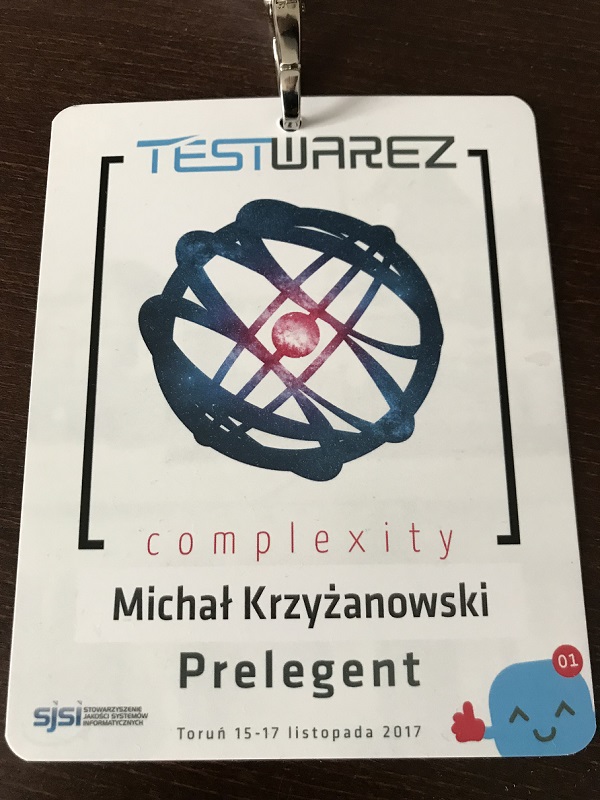Continuing the mini-series about Jenkins Pipelines, it is time to take a closer look at how our pipelines can follow the DRY (Don’t Repeat Yourself) principle when our scripts are getting bigger and bigger, and we need to share parts of them across multiple projects. In this post, we will explore the concept of Jenkins Shared Libraries - a mechanism that allows keeping bits of our pipeline scripts within reusable units.
Read more »
Three days and two nights of presentations, discussions, chats, and fun!
This generally sums up most of the conferences, so how was this year’s edition of one of the most popular Polish testing events, TestWarez?

Read more »
In the previous post, we have created a job that triggers Selenium tests using Jenkins and its Pipeline plugin.
As it covers an important element of a CI/CD flow, it is only a small part of the whole delivery process.
In the Techniques section of the ThoughtWorks’ Tech Radar we can read that pipeline-as-code is a concept worth adopting in the industry.
That is why I would like to play a bit more with Jenkins Pipelines, to present some challenges and proposed solutions on how to apply our build scripts using this particular tool.
Key takeaways:
- You will create a complete simple delivery pipeline for an example application using Jenkins Pipelines
- You will play a bit with Docker: create, run and kill few containers
- In the end, you will have a full ecosystem, ready to be tinkered and experimented with
- You will hear some of my rants about designing delivery flow and using few terms related to CD ;)
Read more »
Welcome to AutomatingGuy.com, my new (and the very first) blog!
Read more »
In the very first post, I would like to tackle a quite common challenge that QA engineers face: setting up a CI job that runs Selenium tests, without any infrastructure in place.
Being either a test automation engineer or a more generally oriented QA/tester is becoming more challenging in the dynamic software development environment we live nowadays. Processes such as Continuous Delivery require fast and reliable test infrastructure and CI jobs that can be scaled and maintained easily. Failure in this part means blocking the whole development as it relies on test automation heavily.
It falls on aforementioned roles to provide such setup or at least maintain it and be aware of what is happening behind the scenes. Thus, neglecting such knowledge may hinder your capability to be efficient in the nearest future.
Key takeaways:
- You will set up a local Jenkins instance
- You will know the basics of Jenkins Pipelines
- You will know how to set up Zalenium, a Selenium Grid wrapper
- At the end, you will reuse all the above blocks to create a CI job that triggers Selenium tests on a Grid
Read more »

